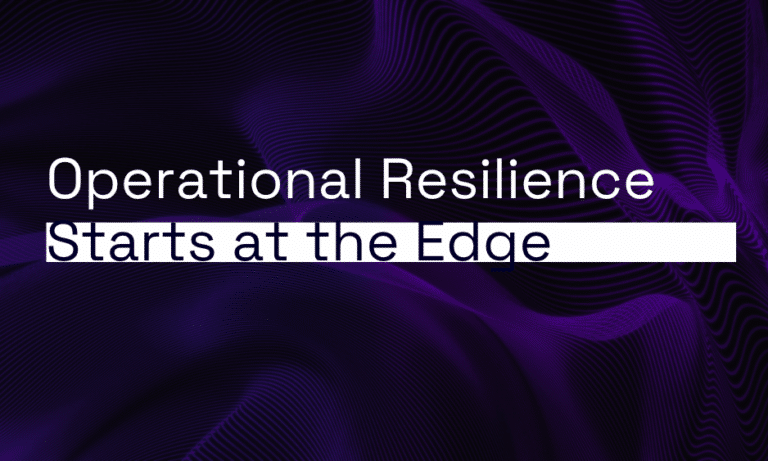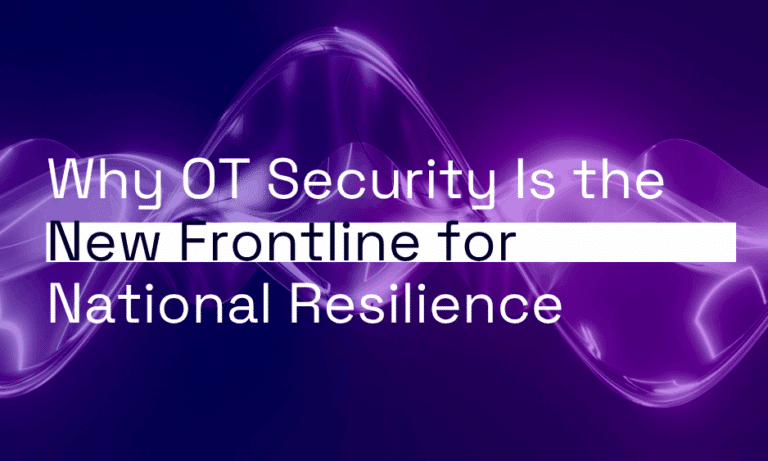From the way we work and shop, to the way we deliver essential services, the COVID-19 pandemic has reshaped the way Australians do business.
Since the NBN was first conceived, Australia has debated all the ways that ubiquitous access to high-speed broadband could change our personal and professional lives. Those predictions are all finally coming to pass but, to be fair, the supporting technology and infrastructure has been in place for several years.
In the end, it took the disruption of a global pandemic and lockdown orders to finally drive all Australians to truly embrace the online world. Now we’ve made the leap, or at least been pushed, it’s unlikely that things will ever go back to the way they were before COVID threw the world into chaos.
One of the most striking impacts of the pandemic on the business world was the widespread adoption of work from home.
“The impact of COVID has driven digital transformation and, with this, businesses must rethink the share of their budget allocated to bold digital initiatives,”
Kevin Bloch – Founder Bloch Advisory
Even with vaccination rates rising and case numbers falling, the “hybrid office” is here to stay – with many people continuing to work from home several days a week. This requires investing in the right tools and services which enable remote collaboration without compromising on productivity or security.
The hybrid office also helps businesses reduce the risk of further disruption by splitting their workforce into teams and limiting face-to-face interaction. This ensures that one COVID scare doesn’t put all employees into isolation and bring the business to its knees.
Reliance on the hybrid office is just one of the reasons why the role of technology in supporting businesses has been elevated during COVID – not just to help keep the lights on, but to help business thrive in the “new normal”, says Kevin Bloch – former Cisco ANZ Chief Technology Officer and founder of corporate technology advisory firm Bloch Advisory.
“The impact of COVID has driven digital transformation and, with this, businesses must rethink the share of their budget allocated to bold digital initiatives,” Bloch told Orro’s recent ‘Delivering Disruption’ virtual event.
“We see examples of businesses spending more than 90 per cent of their digital budget on infrastructure and maintenance, but that’s not sustainable – they need to be spending more on growth initiatives.”
Classrooms are following the lead of workplaces in leveraging technology to create hybrid environments, says Tony Panetta – Chief Information Officer with Catholic Education WA.
“The way we deliver learning now has probably changed forever,” Panetta says. “While that brings challenges, it also brings opportunities in areas like equity and access.”
“Going forward, that push to strengthen our online and hybrid learning environments ensures that every one of our students has the opportunity to learn whatever subject they want, from the best teachers that we have.”
This need for increased flexibility in service delivery also extends to healthcare. The pandemic forced healthcare providers to quickly assess what could be done online, from administrative work to healthcare service delivery, says Barbara Mackenzie – Chief Technology Officer with Healthscope, which operates private hospitals and rehabilitation hospitals across Australia.
“The way we deliver learning now has probably changed forever,”
Tony Panetta – Chief Information Officer with Catholic Education WA
The result has been positive outcomes for services like mental health, which had lagged behind in terms of online delivery but will now operate under a permanent hybrid model.
“Getting mental health services up and running online quickly was critical to the ongoing treatment of a lot of vulnerable patients,” Mackenzie says. “Having seen the impact, we are certainly never going back from that position.”
“That equity of access, just like remote learning platforms in the education sector, is a huge positive for us that we will continue into the future.”
While the ability to work, study and receive medical care remotely have touched many lives during the pandemic – the COVID-driven change which has forever reshaped the business world for practically every Australian is the increased adoption of e-commerce and home delivery. Along with this comes the increased uptake of a range of other online offerings, from banking to government services.
Older generations who’d held out on embracing online shopping and banking were forced to change with the times. Now they’ve experienced the benefits, they won’t be prepared to give them up, so businesses must be able to meet this ongoing customer expectation.
For physical retailers, the threat of Amazon’s arrival actually helped them prepare for the impact of the pandemic. COVID has further driven their digital transformation, along with the need for enhanced supply chain flexibility and reliability.
The impact of the pandemic has been felt along the entire supply chain, particularly in the last mile of home delivery. Australia Post saw five years’ worth of typical growth within a six-month period last year, says John Cox – former Australia Post Executive General Manager of Transformation and Enablement.
That kind of explosive growth puts an incredible strain on both people and processes. Behind the scenes, Cox says large employers like Australia Post are looking at technology to better-manage their workforce. This includes the ability to scale the operations, to meet both future demand and unexpected challenges.
“One of the lasting impacts of COVID is that it’s causing businesses and boards to think about disruption and risk differently,” he says. “Digital helps address this risk, not just on the front-end but also the back-end, which will lead to significant further investment in technologies like automation.”
“The lessons of COVID won’t be forgotten once the pandemic subsides, its long-term impact has forever changed the world and the way we do things.”
Get In Touch With Orro To Discuss Your Digital Transformation Strategy Today
"*" indicates required fields









